#Apethorpe
Photo

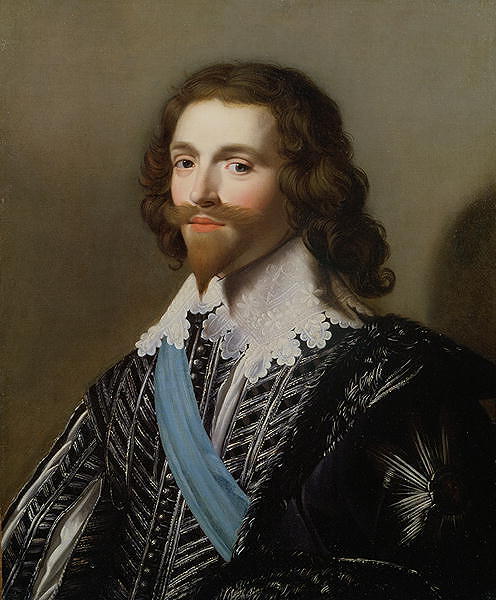

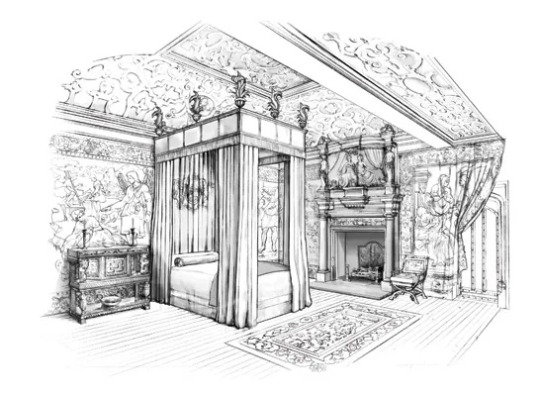
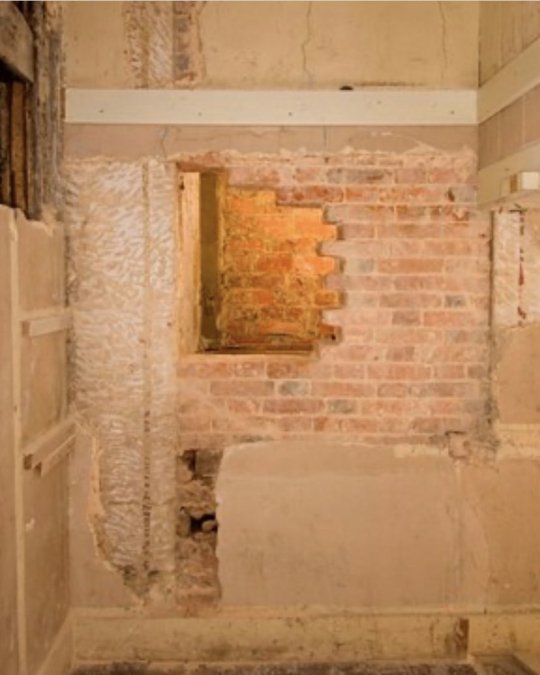
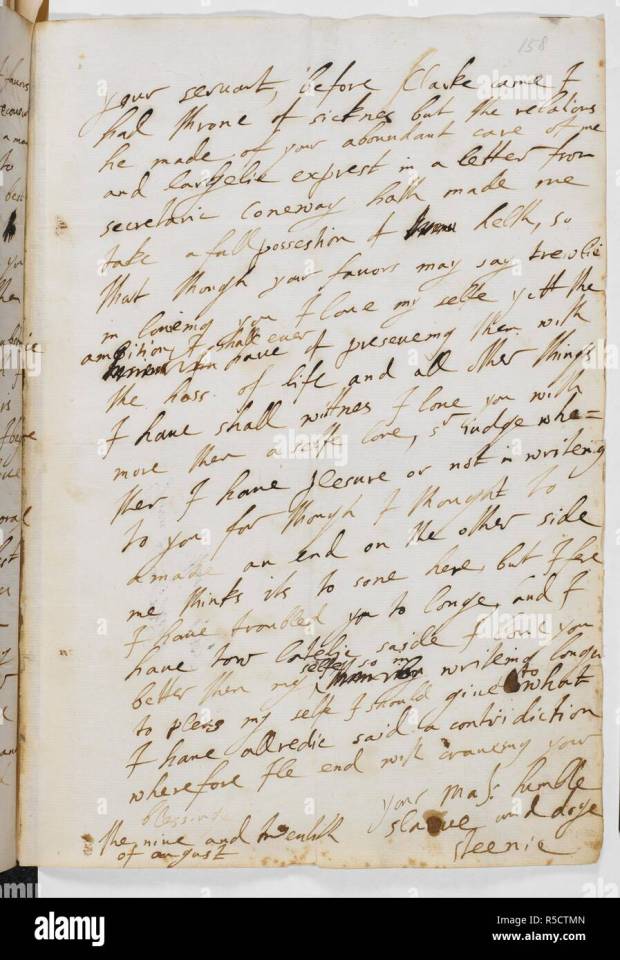

In 2004, during a restoration of Apethorpe Hall in Northamptonshire, a secret tunnel was discovered dating from 1622-24. The passage would have linked the rooms of King James and George Villiers, the man he referred to as “husband” and “sweetheart” in several homoerotic letters [x].
Facts to bring up at Thanksgiving.
24 notes
·
View notes
Text
Jeanne d'Arc - Located in the St Leonard Church, Apethorpe - Stain Glass Window by Christopher Whall - 1922


June 3
26 notes
·
View notes
Photo

Prompt from @pooslie :
King Bucky with metal hand and his lover, Steve Rogers who is minor gentry but gets rapidly promoted that the king re-creates an entire dukedom for him.
based on King James (of "King James Bible" fame) was so notoriously involved with his male lover (George Villiers, the nickname Steenie after St. Stephen) that to get the church off his back, he commissioned the translation of the bible into English. Götz von Berlichingen, a knight who had a metal hand that was functional enough he used it to write poetry.
Photo information:
Letter between King James I/VI and his lover, George Villiers, picture from this post
Crown of Scotland, worn by King James I/VI, source
Secret passageway between the bedrooms of King James and George Villiers at Apethorpe Hall; picture from this post
Hands exchanging rings from the TV show Roswell, New Mexico
Apethorpe Hall, source
The Accolade by Edmund Leighton, c. 1900
#moodboard#my art#bucky barnes#steve rogers#king james i#stucky#george villiers#fanart#early modern au
14 notes
·
View notes
Text
Restoration of Apethorpe Hall, undertaken 2004–2008, revealed a previously unknown passage linking the bedchambers of James and his favourite, George Villiers.[20]
Just dudes being dudes
38 notes
·
View notes
Photo

Thatched cottages, Apethorpe, Northamptonshire (Explored) by Baz Richardson (away for a few weeks) Apethorpe is a beautiful little village in the north of Northamptonshire. It is a few miles north of Oundle and west of Peterborough. The old buildings here are constructed from the local stone, which is a pale cream limestone, not unlike that found in the Cotswolds. https://flic.kr/p/2nKLorE
2 notes
·
View notes
Text
Creating modern English cuisine in a timeless setting
Creating modern English cuisine in a timeless setting
By the time I pulled into the car park of the winner of the Weetabix Food and Drink Awards Booker Dining Venue of the Year I must admit I was a little bit slack-jawed.
It’s not because the Willow and Brook in Apethorpe pulled off this feat during an opening year which featured a once in a generation pandemic and a freak flood which they thought might wash their dreams away – but they…
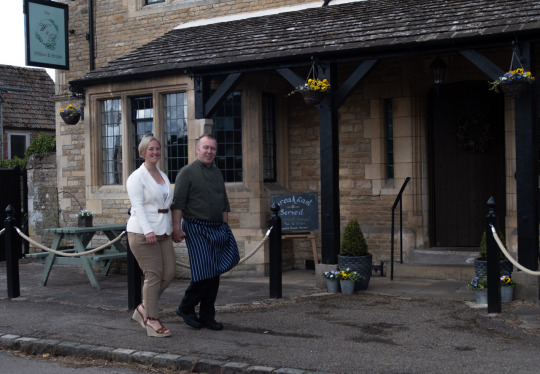
View On WordPress
#Apethorpe#Jim Millar#Suzanne Millar#Weetabix Northamptonshire Food and Drink Awards 2020/21#Willow and Brook
0 notes
Text
Creating modern English cuisine in a timeless setting
Creating modern English cuisine in a timeless setting
By the time I pulled into the car park of the winner of the Weetabix Food and Drink Awards Booker Dining Venue of the Year I must admit I was a little bit slack-jawed.
It’s not because the Willow and Brook in Apethorpe pulled off this feat during an opening year which featured a once in a generation pandemic and a freak flood which they thought might wash their dreams away – but they…
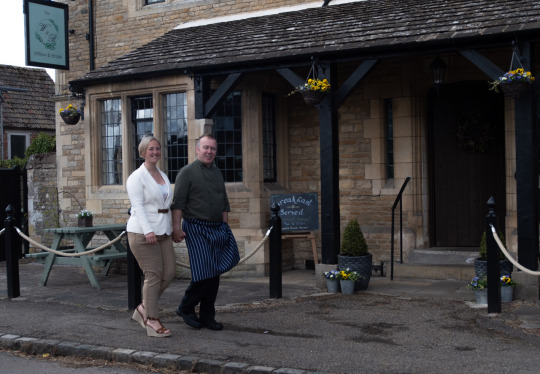
View On WordPress
#Apethorpe#Jim Millar#Suzanne Millar#Weetabix Northamptonshire Food and Drink Awards 2020/21#Willow and Brook
0 notes
Video
(via Cottage Garden | Mees Cottage, Apethorpe. | Sunchild57 Photography. Taking a break. | Flickr)
199 notes
·
View notes
Photo
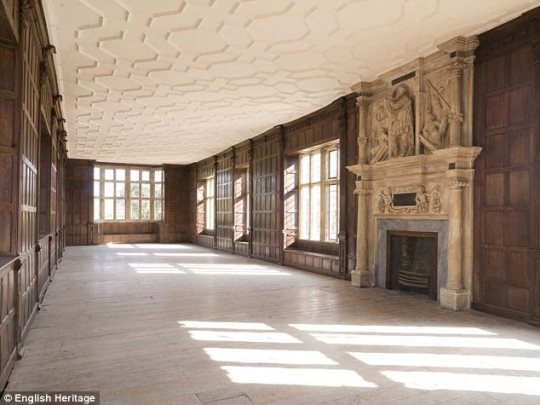

Apethorpe Hall, Northamptonshire, England
22 notes
·
View notes
Photo

Apethorpe Palace
143 notes
·
View notes
Photo
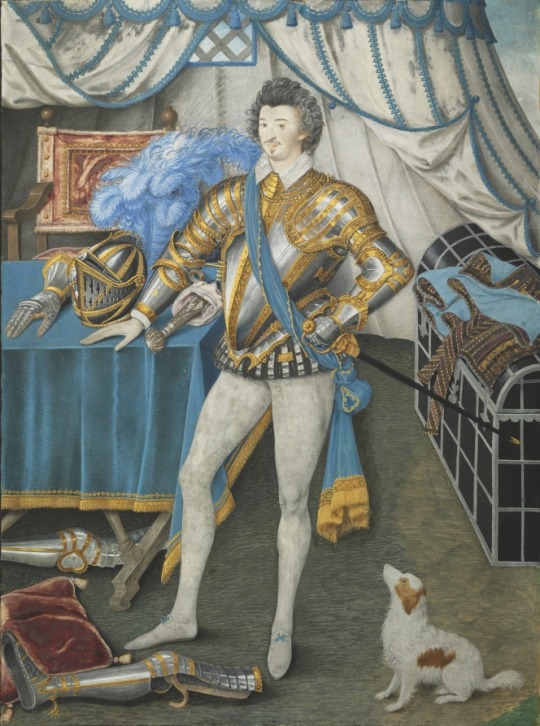
Portrait of Sir Anthony Mildmay, Knight of Apethorpe, Northants, Nicholas Hilliard , c. 1590-1593, Cleveland Museum of Art: European Painting and Sculpture
Size: Unframed: 23.3 x 17.4 cm (9 3/16 x 6 7/8 in.)
Medium: watercolor on vellum mounted on card, mounted on wood
https://clevelandart.org/art/1926.554
9 notes
·
View notes
Text
“A princely endowment”
“On 17 February 1550 the council issued instructions for the settlement of lands to Elizabeth to be completed and a month later (which is a mere twinkling of a bureaucratic eye) letters patent were issued in her favour on 17 March.
They granted her dozens of manors, houses and other parcels of land, grouped by county. Most were situated in an arc to the immediate north-west of London. One group centred round the old De La Pole manor-house at Ewelme in Oxfordshire, where the red-brick church and college still stand much as they were in Elizabeth’s day. Another larger holding clustered round Ashridge, one of Elizabeth’s childhood homes on the Buckinghamshire-Hertfordshire border, some two and half miles north of Berkhamsted. Berkhamsted itself, Hemel Hempstead, Great Missenden and Princes Risborough were included in this part of the grant.
Then there was a string of manors in Huntingdonshire, stretching up towards Northamptonshire, where Collyweston, the great country palace of Elizabeth’s great-grandmother, Lady Margaret Beaufort, formed another nucleus. The group of manors included Uppingham and Preston, across the Rutland border, and Maxey, then in the Soke of Peterborough in Northamptonshire. These estates lay in a line below the town of Stamford in the extreme south of Lincolnshire. Stamford was the seat of the Cecil family, which had begun its ascent thanks to its connection with its powerful royal neighbours at Collyweston.
In Berkshire, Elizabeth’s lands focused on Newbury, including the town and a ring of other manors around it which had belonged to Elizabeth’s former stepmother, Jane Seymour, and to her stepfather (as husband of Catherine Parr) and suitor, Thomas Seymour. There were other, remoter estates in Dorset, Hampshire, and, remotest of all, another manor of Lady Margaret Beaufort’s at Caistor in Lincolnshire.
Finally, Elizabeth was given Durham Place in London, the former London residence of the prince-bishops of Durham, as her town-palace, and Enfield manor and forest as her suburban retreat.
It was princely a princely endowment. (..)
Now it is clear that Elizabeth had in fact been in informal possession of most of these lands and their income since much earlier in Edward’s reign. For instance, when Seymour had been in discussion with Thomas Parry about the financial side of his proposed marriage with Elizabeth, the broad disposition of her estates seems to have been the same as in the 1550 letters patent. ‘I told him,’ Parry testified, ‘where the lands lay, as near as I could, in Berkshire, Lincoln and others.’ Even then Elizabeth was scheming to improve her property by exchange, and Parry explained that she was confident that Sir Richard Moryson, another scholar turned councillor, would ‘help her to have Ewelme for Apethorpe’. In the event, as the patent makes clear, Elizabeth went one better and got her coveted Ewelme without having to surrender Apethorpe, which formed a useful part of her Northamptonshire territories.”
David Starkey, Elizabeth: Apprenticeship
13 notes
·
View notes
Photo

The drawing room at Apethorpe Palace, England
#Architecture#design#decorative arts#ornament#interior#drawing room#fireplace#england#residence#palace
81 notes
·
View notes
Text

Just finished this sketch of George Villiers, 1st Duke of Buckingham!

Villiers is best known for being the favorite (read: boyfriend) of King James I of England. The two met in 1614 during a hunting trip, and Villiers quickly started rising in rank. Not only because James thought he was hot, but also because some of the noblemen thought James’ previous favorite, Robert Carr, was a pain in the ass and they wanted to replace him.
By 1615, Villiers was knighted as a Gentleman of the Bedchamber (which actually isn’t as gay as it sounds itself, that job largely consisted of waiting on the king when he ate and helping him dress). He was later made Master of the Horse, an Earl, a Marquess, then by 1623 James made him the Duke of Buckingham, meaning that Villiers was now the highest-ranking man outside of the royal family.
Their relationship was hardly a secret at court. A French guy even once wrote a poem that basically listed a bunch of gay couples from classical mythology and then went “oh yeah, and also King James is fucking the Duke of Buckingham.” James had responded to rumors back in 1617, with this very sweet statement:
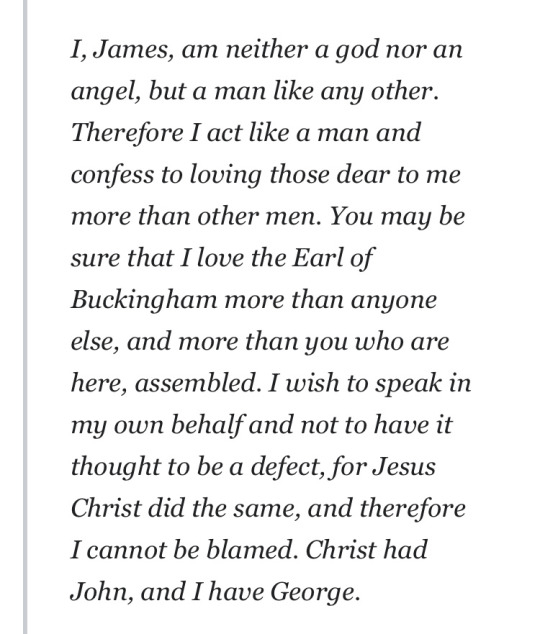
James called him “Steenie”, after St. Stephen, who was said to have had "the face of an angel". And in 2004, when people did some restoration on Apethorpe Palace, they found a secret passageway that had connected the bedchambers of James and Villiers.
In 1623, Villiers headed off to Spain with James’ son Charles (later Charles I), in order to make an arrangement for Charles’ marriage to the Spanish Infanta Maria Anna. The negotiations ended disastrously, though: Spain wouldn’t budge on a whole bunch of Catholic vs Protestant issues, and Villiers got into a heated argument with a Spanish noble. When he and Charles sailed home a few months later, he was so pissed off that he tried to get James to start a war with Spain. It didn’t happen though, James did very much not want a war with Spain.
After James died in 1625 and Charles became king, Villiers continued to chill at the top of the social ladder. That is, until he was stabbed to death in a pub in 1628 by an army officer named John Felton.
Villiers is also a character in The Three Musketeers (which I’ve never read tbh). His grand-niece, Barbara Villiers, became a mistress of Charles II, so I guess sleeping with kings runs in the family. ;)
40 notes
·
View notes
Text
Why is it even up for debate that King James I and the Duke of Buckingham were lovers?
Historians like to say it’s “alleged” or “possible” or “inconclusive based on the evidence.” Apparently, there’s not enough information to know for sure. The same thing could be said of a whole lot of things, but we have no problem making assumptions there, do we?
Let’s review.
Have you READ the letters? The pet names, the affection, the sexual innuendo. James calling Buckingham “sweet child and wife,” Buckingham calling himself “your humble slave and dog.” Buckingham saying “I ... upon so good experience and knowledge adore all your other parts, which are more than ever one man had..." The comment about “whether you loved me now…better than at the time which I shall never forget at Farnham, where the bed’s head could not be found between the master and his dog.” AND SO MUCH MORE. It’s endless.
“You may be sure that I love the Earl of Buckingham more than anyone else, and more than you who are here assembled ... Jesus Christ did the same, and therefore I cannot be blamed. Christ had John, and I have George.” —James I
It was common knowledge (and mentioned in various contemporary accounts) that James and Buckingham were pretty lovey-dovey in public, with lots of kissing and whatnot. “Tumble and kiss as a mistress,” I believe was one phrase used.
James nicknamed Buckingham “Steenie” after St. Stephen because he was said to have had the face of an angel.
There was literally a secret passage between their bedrooms discovered at Apethorpe Hall.
Various bawdy poems throughout history make digs at a sexual relationship between the two of them (notably one by Théophile de Viau).
Although he had children with his wife, James I was known to prefer men and promote good-looking ones. As in, people noticed. And commented on it. Frequently. There was Esmé Stuart during James’ teenage years, Robert Carr from 1607-1614ish, and then Buckingham from 1614 until James’ death about a decade later. James I liked men. Pretty much everybody acknowledged that. You cannot honestly tell me that he would surround himself with handsome men, flirt with them, kiss them, even sleep in the same bed—but they didn’t take that final step and become lovers? Uh huh. Sure. I wasn’t born yesterday, you know.
So. Maybe taking just one or two of those things and explaining it away with “friendships were closer back then” or something would work, but looking at all of this together?
DO THE MATH, PEOPLE.
#don’t you tell me it’s inconclusive#cowards#the ramblings of an amateur historian#history#english history#James vi/i#james i#george villiers#duke of buckingham#stuart history#17th century
11 notes
·
View notes
